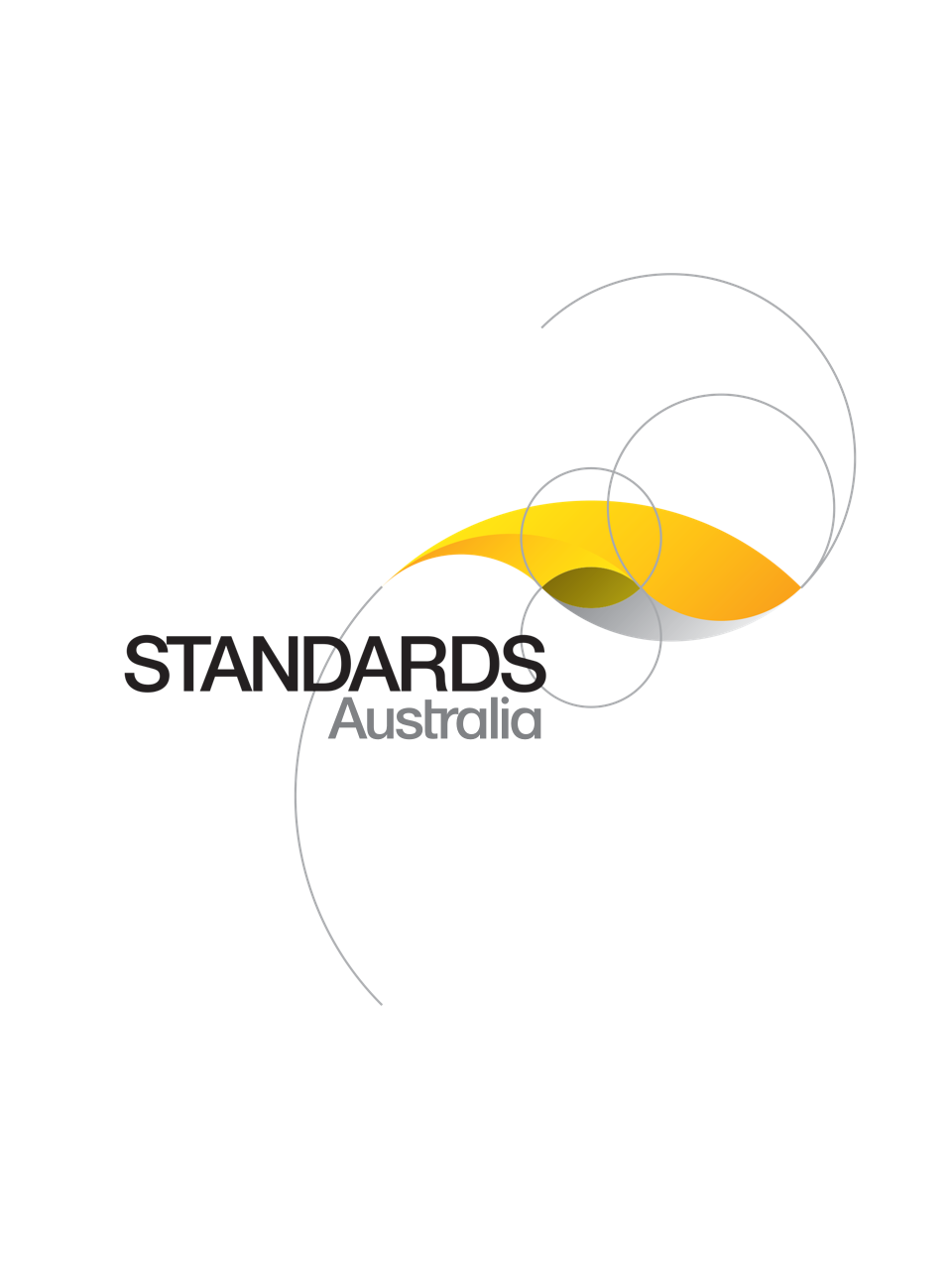Standard
Track updates
AS ISO 37106:2020
[Current]Sustainable cities and communities — Guidance on establishing smart city operating models for sustainable communities
This document adopts ISO 37106:2018 which gives guidance for leaders in smart cities and communities (from the public, private and voluntary sectors) on how to develop an open, collaborative, citizen-centric and digitally-enabled operating model for their city that puts its vision for a sustainable future into operation.
Published: 19/06/2020
Pages: 46
Table of contents
Cited references
Content history
Table of contents
Header
About this publication
Preface
Foreword
Introduction
1 Scope
2 Normative references
3 Terms and definitions
4 Overview of this document
4.1 Transforming the traditional operating model for cities
4.2 Structure of this document
4.3 Summary of recommendations
5 Component A — Delivery principles
5.1 Context
5.2 The need
5.3 Recommendations
5.4 Linkages
6 Component B — Key cross-city delivery processes
6.1 General
6.2 Strategy management
6.3 Subcomponent [B1] — City vision
6.3.1 Context
6.3.2 The need
6.3.3 Recommendations
6.3.4 Linkages
6.4 Subcomponent [B2] — Leadership and governance
6.4.1 Context
6.4.2 The need
6.4.3 Recommendations
6.4.4 Linkages
6.5 Subcomponent [B3] — Collaborative engagement
6.5.1 Context
6.5.2 The need
6.5.3 Recommendation
6.5.4 Linkages
6.6 Subcomponent [B4] — Procurement and supplier management
6.6.1 Context
6.6.2 The need
6.6.3 Recommendations
6.6.4 Linkages
6.7 Subcomponent [B5] — Mapping the city’s interoperability needs
6.7.1 Context
6.7.2 The need
6.7.3 Recommendation
6.7.4 Linkages
6.8 Subcomponent [B6] — Establishing a common terminology and reference model
6.8.1 Context
6.8.2 The need
6.8.3 Recommendations
6.8.4 Linkages
6.9 Subcomponent [B7] – Smart city roadmap
6.9.1 Context
6.9.2 The need
6.9.3 Recommendations
6.9.4 Linkages
6.10 Citizen-centric service management
6.11 Subcomponent [B8] — Empowering the city community through city data
6.11.1 Context
6.11.2 The need
6.11.3 Recommendation
6.11.4 Linkages
6.12 Subcomponent [B9] — Delivering integrated citizen-centric services
6.12.1 Context
6.12.2 The need
6.12.3 Recommendation
6.12.4 Linkages
6.13 Subcomponent [B10] — Identity and privacy management
6.13.1 Context
6.13.2 The need
6.13.3 Recommendation
6.13.4 Linkages
6.14 Subcomponent [B11] — Digital inclusion and channel management
6.14.1 Context
6.14.2 The need
6.14.3 Recommendation
6.14.4 Linkages
6.15 Digital and physical resource management
6.16 Subcomponent [B12] — Managing smart city developments and infrastructures
6.16.1 Context
6.16.2 The need
6.16.3 Recommendation
6.16.4 Linkages
6.17 Subcomponent [B13] — IT and data resource mapping and management
6.17.1 Context
6.17.2 The need
6.17.3 Recommendation
6.17.4 Linkages
6.18 Subcomponent [B14] — Open, service-oriented, city-wide IT architecture
6.18.1 Context
6.18.2 The need
6.18.3 Recommendation
6.18.4 Linkages
7 Component C — Benefit realization framework
7.1 Context
7.2 The need
7.3 Recommendation
7.4 Linkages
8 Component D — Key risks
8.1 Context
8.2 The need
8.3 Recommendation
8.4 Linkages
Annex A
A.1 Introduction
A.2 General overview
A.3 The visionary city
A.4 The citizen-centric city
A.5 The digital city
A.6 The open and collaborative city
Annex B
Bibliography
Cited references in this standard
